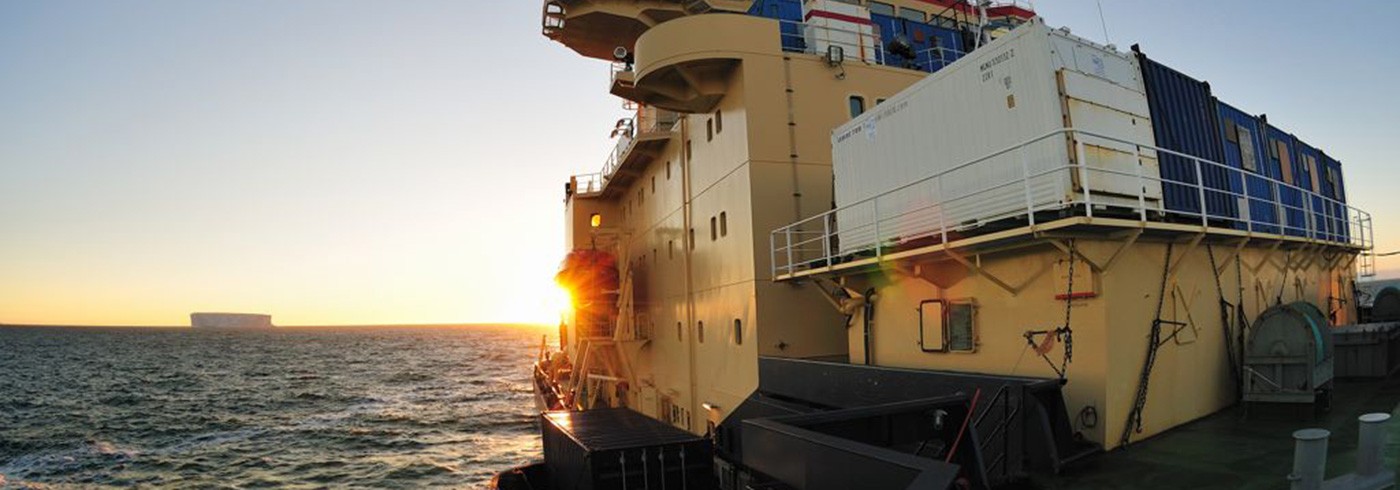Organism adaptations to extreme Antarctic waters
8 February 2010 - 12 March 2010
A copepod (about 1 mm long) with bright red photoprotective pigmentation (carotenoids). Photo: Hans Berggren
The ozone hole above Antarctica has increased considerably during the last decades, allowing higher doses of ultraviolet (UV) radiation to reach the biota. Aquatic organisms in the sea and in freshwater systems are strongly affected by UV and some, such as zooplankton, have evolved photoprotective pigmentation that can be adjusted to the present UV environment. The very high UV radiation and the long summer day at high polar latitudes put strong pressure on these organisms, probably the strongest on Earth. Studies in Antarctic systems offer a rare opportunity to study photoprotective adaptations at their maximum. We have studied how these extreme levels of UV radiation may affect induction of different photoprotective pigments and avoidance behaviour, thereby shaping communities in freshwater and marine systems.

Efficient sampling of water by means of a Niskin sampler from the starboard side of Oden. Photo: Samuel Hylander
Strategies for surviving
We sampled 10 sites along the East Antarctic coast from McMurdo (77°45,2’S, 163°08,8’E) to Ferriero Bay (73°23,4’S, 102°48,9’W). Sampling was performed at 2, 10, 20, 40, 80, and 120 m depth (picture 2). In Antarctic marine systems, where UV penetration as well as fish predation is high, the amount of bright red photoprotective pigmentation (carotenoids; picture 1) was almost undetectable. However, the amounts of invisible photoprotective mycosporine-like amino acids (MAAS) were high, and the copepods performed considerable diel vertical migration. These small animals made the best of a bad situation: they avoided the strongest UV radiation at the surface by migration and were transparent in order to reduce the risk of being seen by predators such as fish. In order to test if the animals change strategy when not allowed to migrate and when released from predator cues, we also performed a mechanistic experiment onboard the icebreaker Oden. This showed that at UV exposure, zooplankton (copepods) had both higher MAA and carotenoid concentrations than the ones receiving only visible light; in other words, copepods rapidly adjust their level of pigmentation to the current threat situation, i.e. this is a plastic trait.
The harshest waters on Earth – the Dry Valley lakes
We also studied two lakes in the Dry Valleys near McMurdo (Lakes Fryxell and Hoare). These lakes are permanently ice-covered and constitute some of the harshest aquatic environments on Earth. Prior to our visit, we were informed that the biodiversity of the lakes should be extremely low and that we should be prepared to find only a few species of rotifers and no crustacean zooplankton.Although the diversity was low, we found several species of rotifers that have never before been recorded in this region (J. Laybourn-Parry, pers. comm), including Felinia sp., Kellicottia sp., Keratella quadrata, and Brachionus sp. We also found, for the first time ever recorded, copepods in Lake Hoare. Hence, the biodiversity in these harsh environments was far higher than expected, and our results are now summarised in scientific papers.









